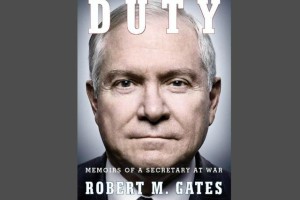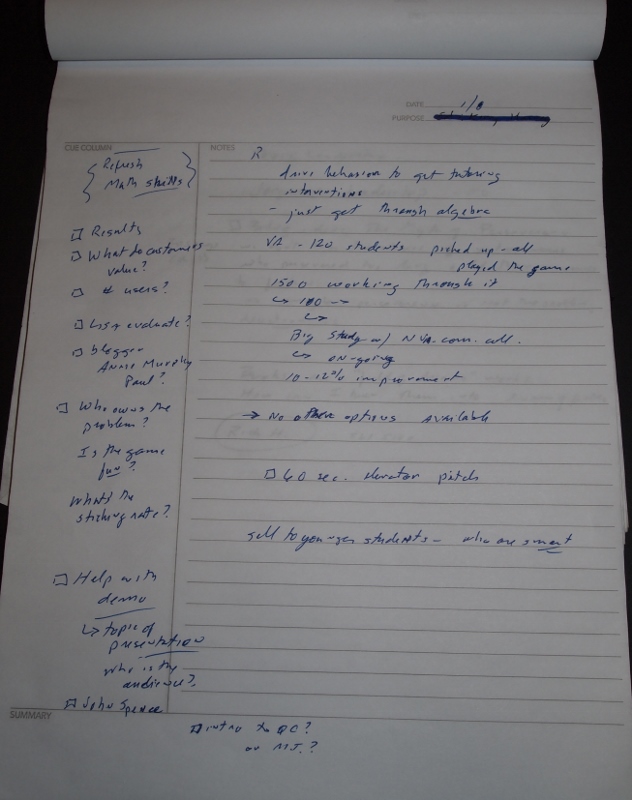 Why would a business-oriented blog write a recommendation for a political biography? Short answer: there are excellent leadership and persuasion lessons in here.
Why would a business-oriented blog write a recommendation for a political biography? Short answer: there are excellent leadership and persuasion lessons in here.
It’s a truism among businesspeople that if only government was run as efficiently as business,
we would not have the deficits we have or be in the mess we’re in. We read all the business books about great business leaders, and love to look down on government. (By the way, the finger I’m pointing is also directed at myself.) We like to think that the lessons all run in one direction.
But how many business titans could successfully run the world’s largest and most complex organization, leading high ego individuals with ironclad job security (most of whom carry guns), while surviving a complete turnover in the board of directors midway through their tenure? By the way, your job “interview” is with senators who have an ax to grind and can be seen on national TV. Oh, one more thing: mistakes have consequences in lives, not share price.
That’s what Bob Gates had to do running the Department of Defense, from late 2006 to 2011.
While his memoir, Duty: Memoirs of a Secretary at War, has garnered a lot of attention recently—at least in the Beltway—for some of the things it says about Obama and Biden, that’s all surface stuff, in my opinion. The entire book could be assigned reading in a management or leadership course for all the examples and case studies it provides in crucial management questions. Here are just a few examples to give a flavor for the issues covered in the book:
How do you manage a cause that you believe in, when top leadership does not? When Obama was running first for the nomination and then the presidency, he took a hawkish stance on the “good war” in Afghanistan and then was trapped by his own campaign rhetoric. While he courageously supported a surge beginning in 2009, he never got behind the strategy or supported his generals. Gates had to carefully tread the narrow path between the micromanagement from the White House and the operational and logistical needs of the combatants.
How do you handle the disconnect between strategy and execution? There’s a military saying that amateurs discuss strategy but professionals study logistics. It’s similar in business, where there’s an abundance of big-picture experts willing to throw good ideas out to the folks who have to figure out how to make them happen. When a crisis erupts, everyone has good ideas, such as imposing an immediate no-fly zone over Libya when rebellion breaks out. But finding the ships and planes, coordinating allies, getting funding, figuring out how to stop low-flying helicopters, and hundreds of critical but unseen details have to be managed just to make something so simple actually work.
How do you inject urgency into a vast organization? By the time Gates took over, the DoD had already been at war for longer than the US involvement in WWII, but there was curiously no sense of urgency. One amazing line from the book is that “The Department of Defense is structured to plan and prepare for war but not to win one.” While troops were fighting and dying, life in Washington seemed more intent on protecting turf and high dollar programs.
There’s a lot in here about persuasive communications also, especially about being a strategic persuader. Those of you who are challenged with getting resources for your projects from the CFO should imagine the difficulty of going to Congress to request funding! Gates learned that while you may feel good about saying what’s on your mind, it’s far more effective to be smart about it. He took Congressman Tom Lantos’ advice that, “It is the tone that makes the music,” and I especially like his own suggestion to “Never miss a good chance to shut up.”
While everyone loves to bash politicians and bureaucrats, and to lecture them on “how business does it”, it might be profitable to pay attention to what they can teach us once in a while, and Duty is a great start in that direction.





